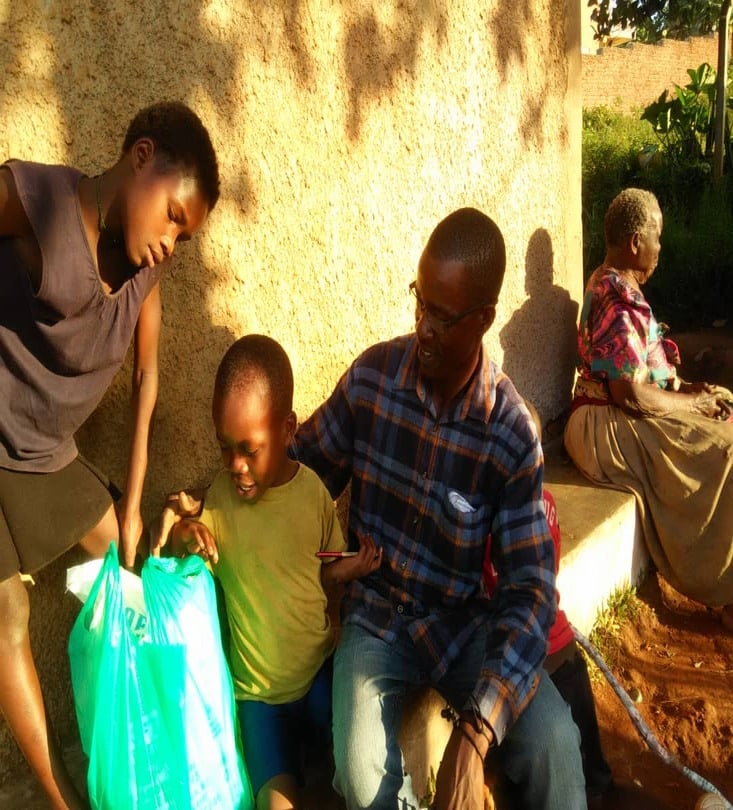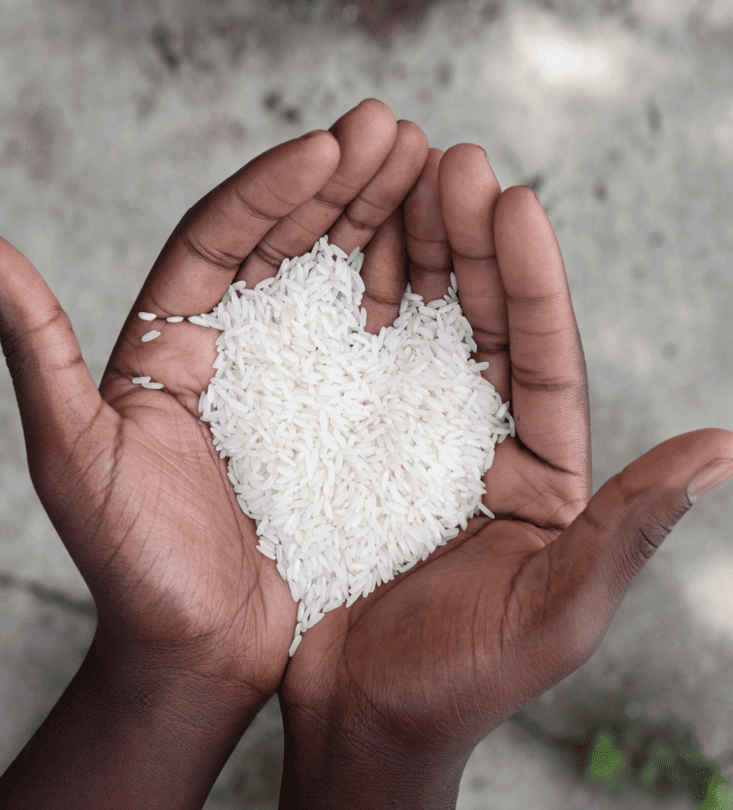Understanding Wasting in Malnourished Children: Impacts and Interventions
The scourge of malnutrition casts a long shadow over global child health, and within this, wasting stands out as a particularly severe and dangerous manifestation. Wasting, a form of acute malnutrition, occurs when a child’s weight is significantly low for their height, reflecting a rapid deterioration in nutritional status. This condition not only highlights the immediate dangers of inadequate nutrition but also underscores the urgent need for effective interventions.
The Onset of Wasting Wasting often arises in environments where access to adequate food and clean water is limited. It can also be triggered by a combination of factors including poor dietary intake, infectious diseases, and unsanitary living conditions. In many cases, it’s a vicious cycle where malnutrition weakens a child’s immune system, making them more susceptible to infections, which in turn exacerbate malnutrition.
Physical and Cognitive Effects The physical impacts of wasting are stark and multifaceted. Rapid weight loss, muscle wasting, and weakened immunity are common. This state of weakened immunity makes children more vulnerable to common childhood diseases, which can prove fatal in their compromised state. Furthermore, the impact of wasting isn’t confined to physical health. It can also have profound implications on a child’s cognitive development. Malnutrition during critical growth periods can lead to long-term developmental delays and impairments in cognitive function.
Psychological and Social Consequences Beyond the obvious physical toll, wasting can also have deep psychological and social effects. Children suffering from wasting are often less able to interact with their peers, potentially leading to social isolation and emotional distress. This can have long-lasting effects on their mental health and social skills.
Interventions and Recovery The treatment of wasting primarily involves nutritional rehabilitation, which includes the provision of therapeutic foods that are high in calories and nutrients. Medical care for any concurrent illnesses is also critical. Recovery from wasting can be a slow process, requiring ongoing nutritional support and medical care.
In addition to treatment, prevention plays a key role. This includes ensuring access to nutritious food, improving water and sanitation facilities, and educating communities about nutrition and hygiene practices. Early detection and intervention are crucial to prevent the severe consequences of wasting.
In conclusion, wasting is a severe but preventable condition that affects millions of malnourished children worldwide. Its effects are far-reaching, impacting not only physical health but also cognitive and social development. Addressing wasting requires a coordinated approach that includes both immediate treatment and long-term prevention strategies. With the right interventions, recovery is possible, offering these children a chance at a healthier, brighter future.





